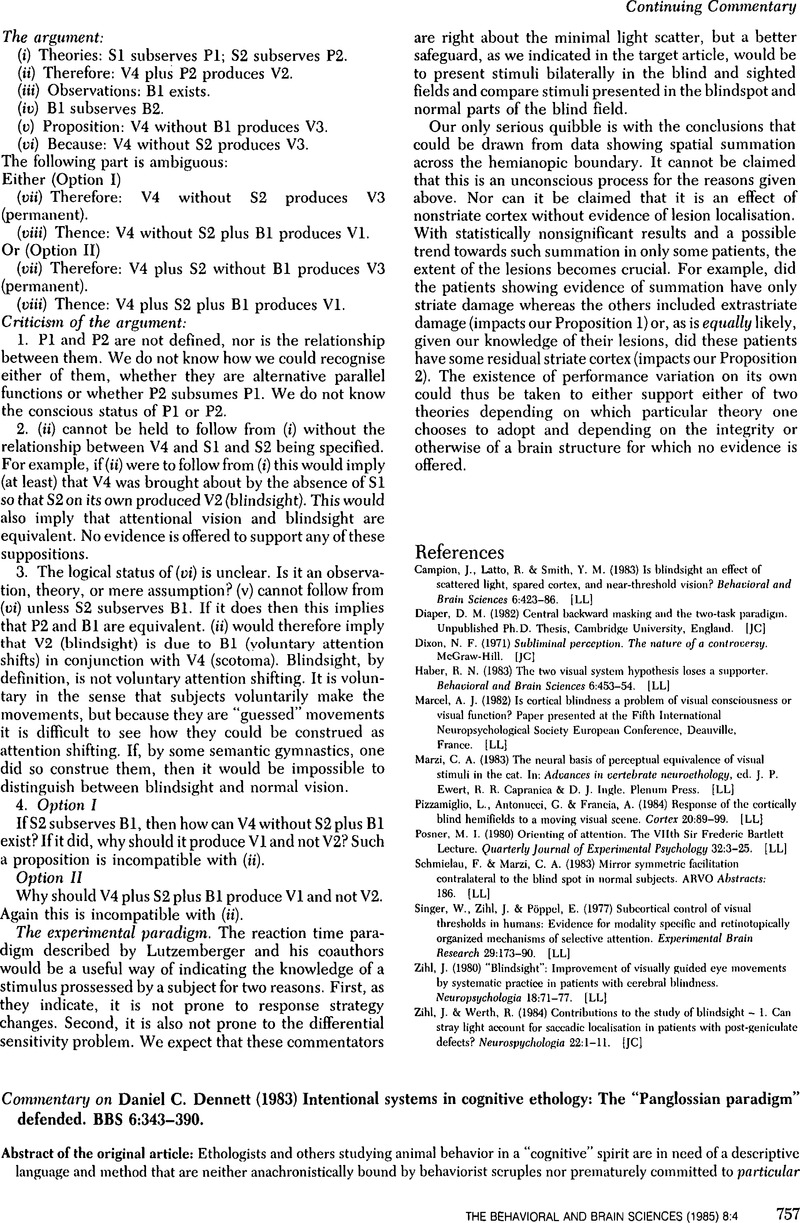Crossref Citations
This article has been cited by the following publications. This list is generated based on data provided by Crossref.
Loorendejong, H.
1991.
Intentionality and the Ecological Approach.
Journal for the Theory of Social Behaviour,
Vol. 21,
Issue. 1,
p.
91.





